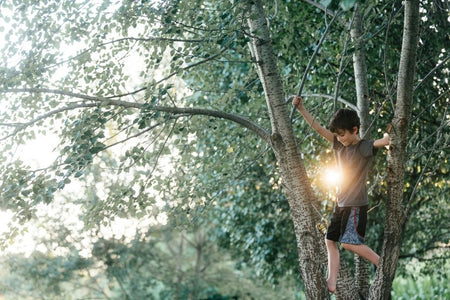
All Trees
Years ago, if you wanted to buy a tree online you were restricted to small four foot saplings that would need years to become fully grown. So we decided to change the way buying trees online is done. We specialize in shipping large trees that can't fit inside a box.
We believe trees are the anchors of your landscape, adding majesty, and structure to your outdoor space. At Bower & Branch, we offer size selections from XL all the way up to 4XL–trees that are up to 20 feet tall right to your door, ready to plant!





























































